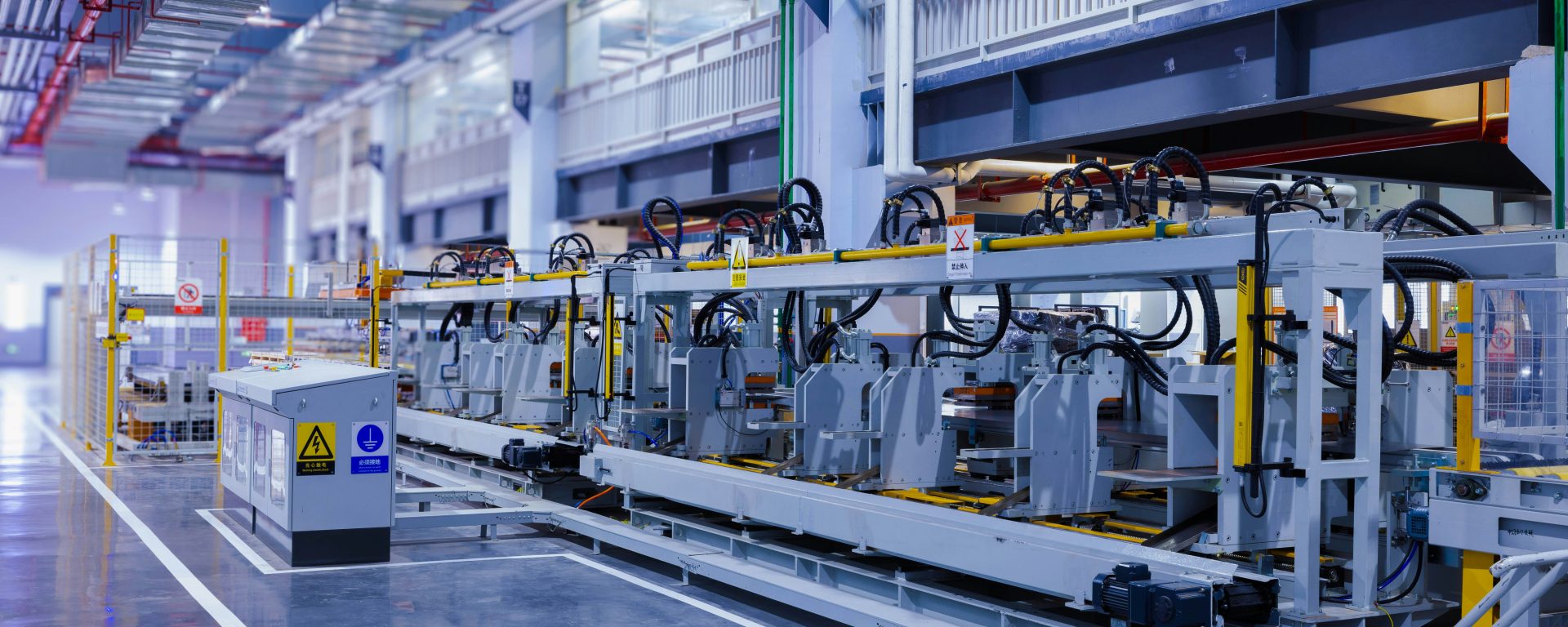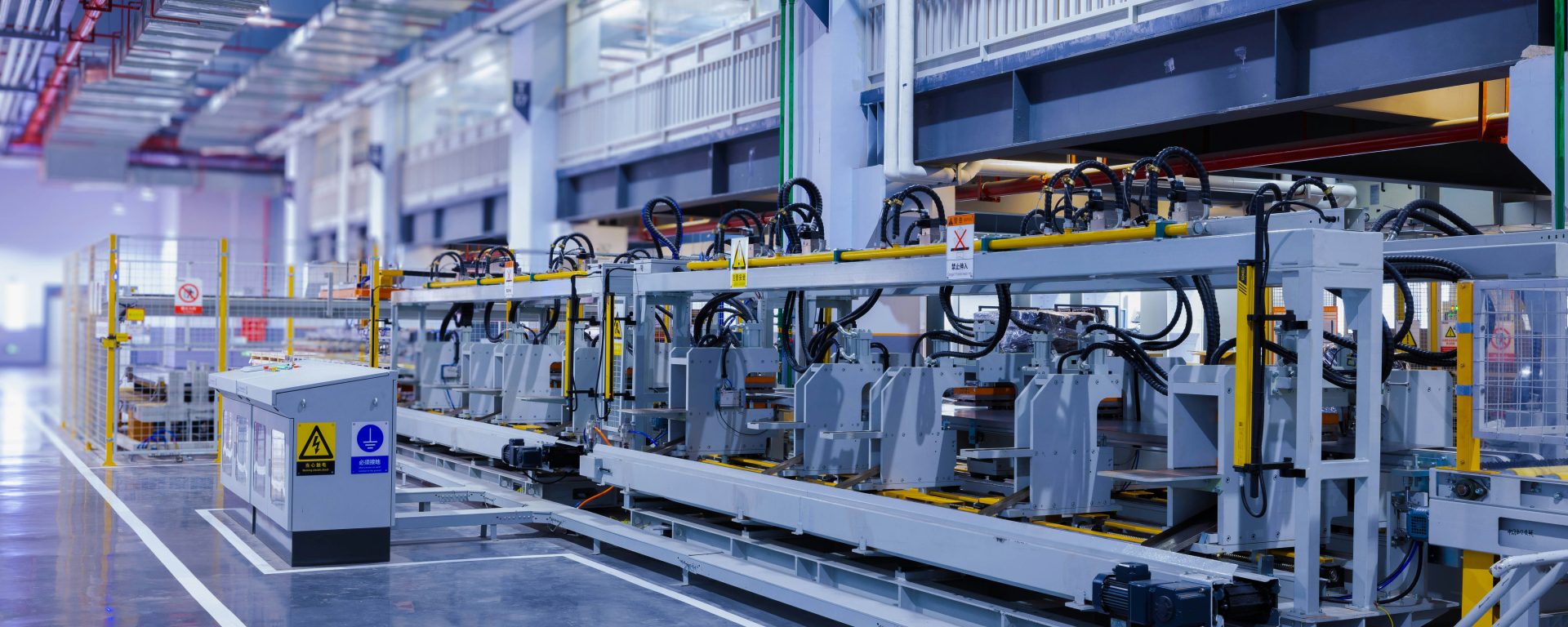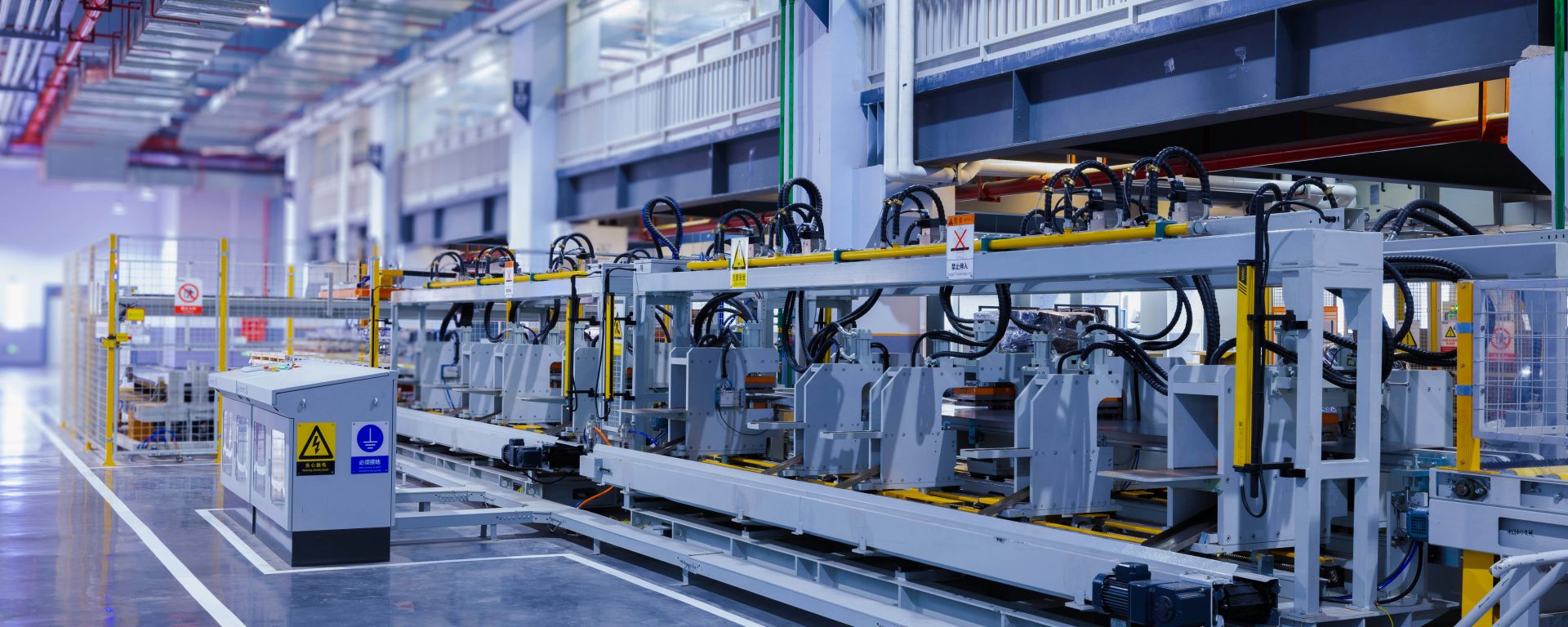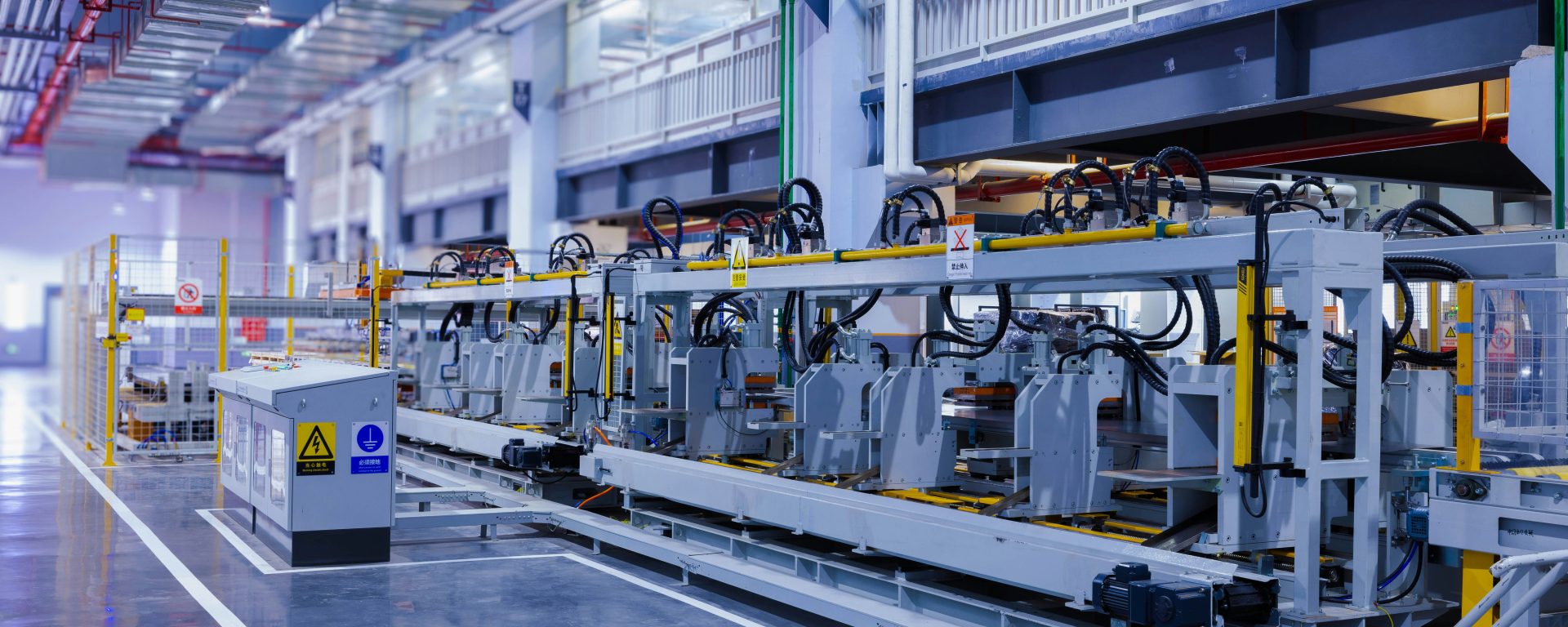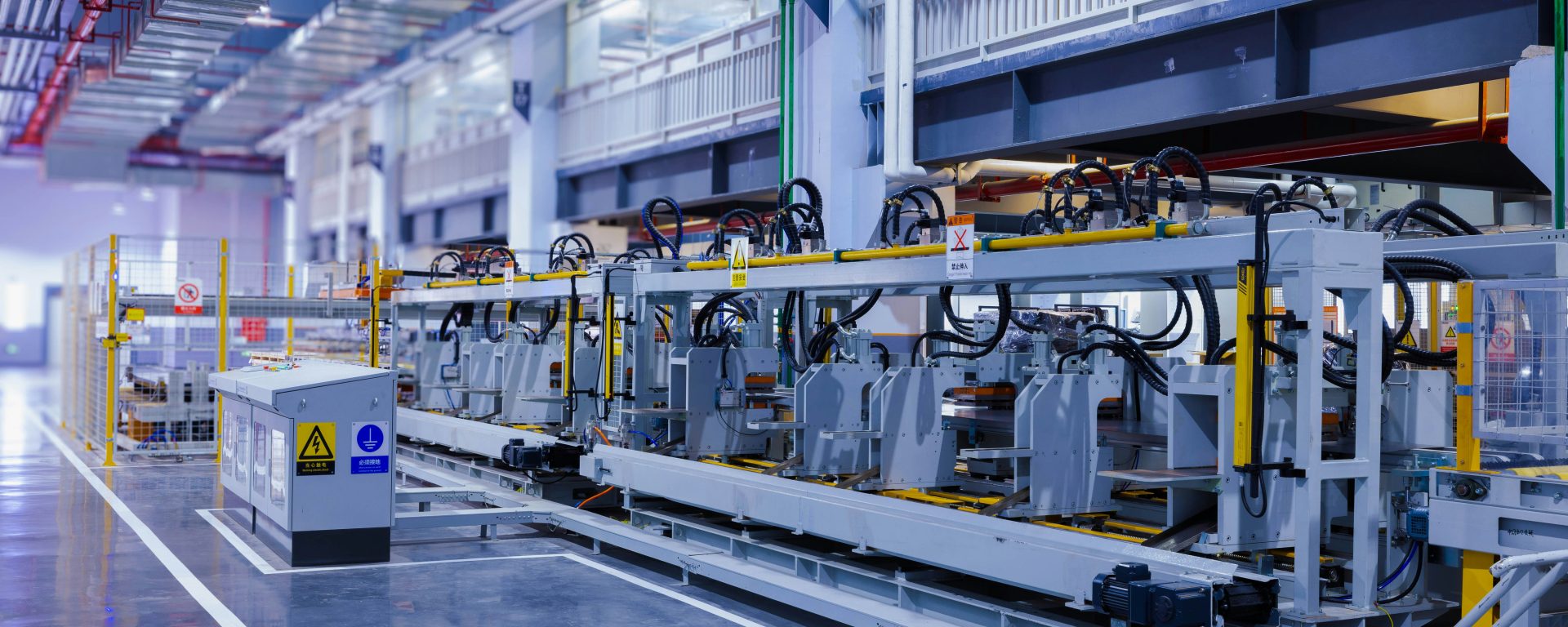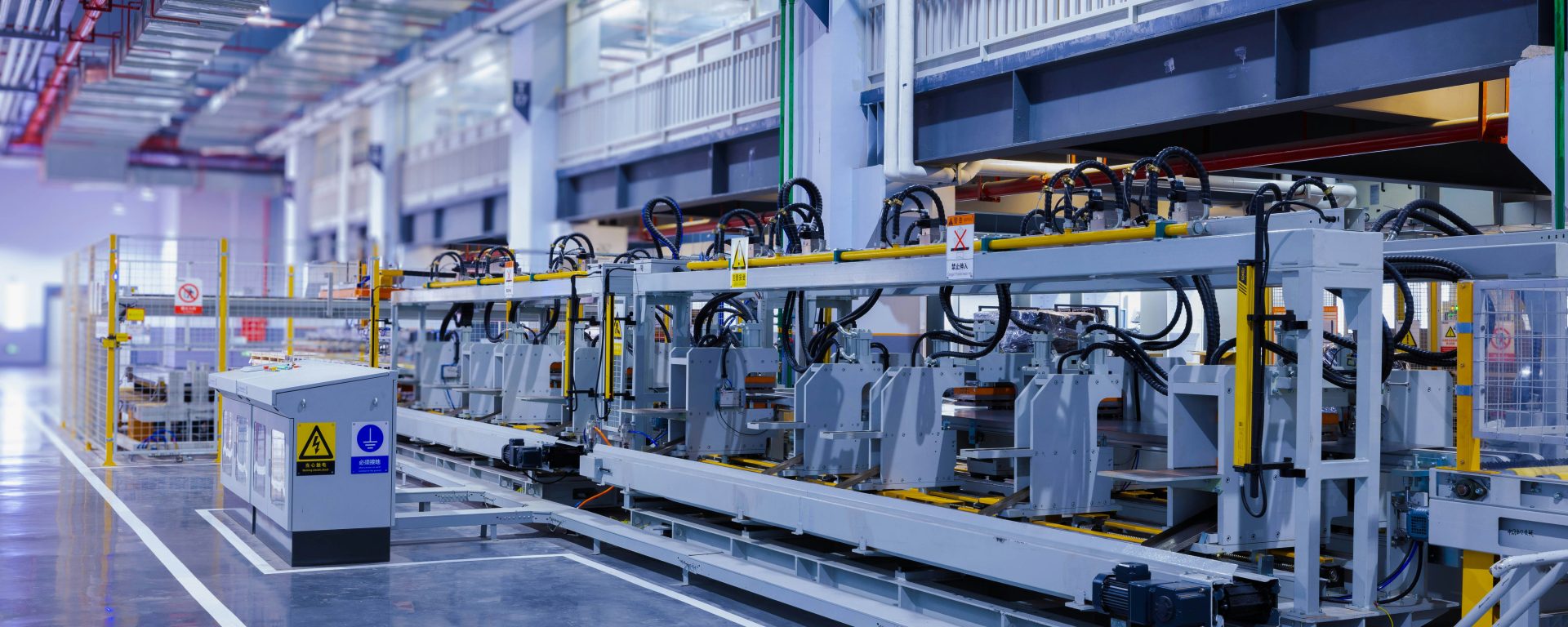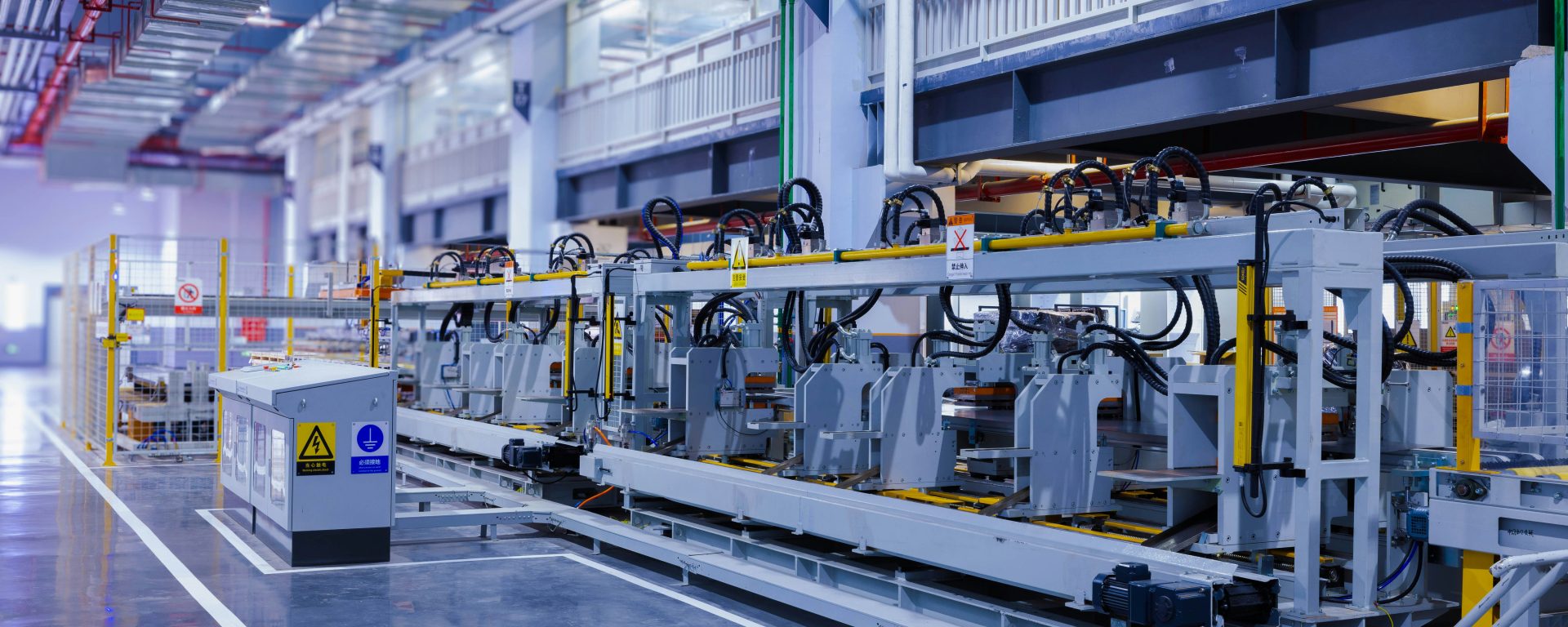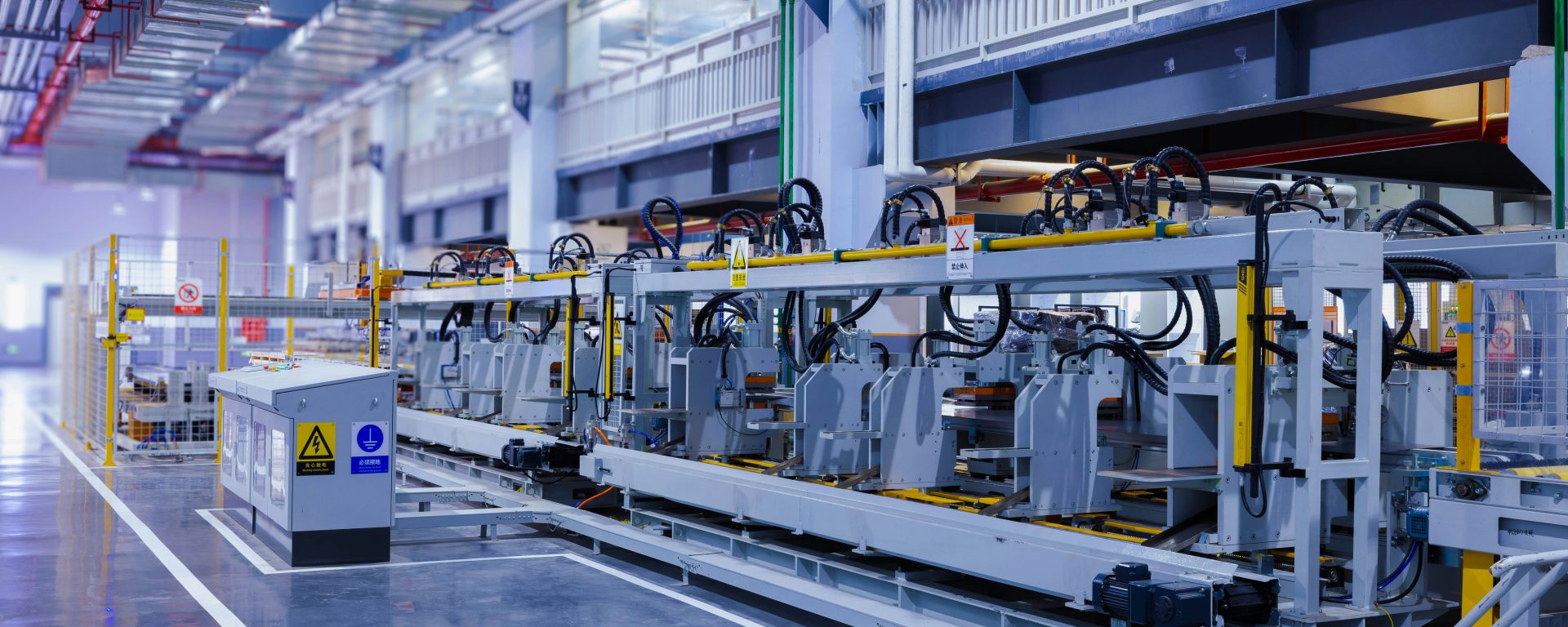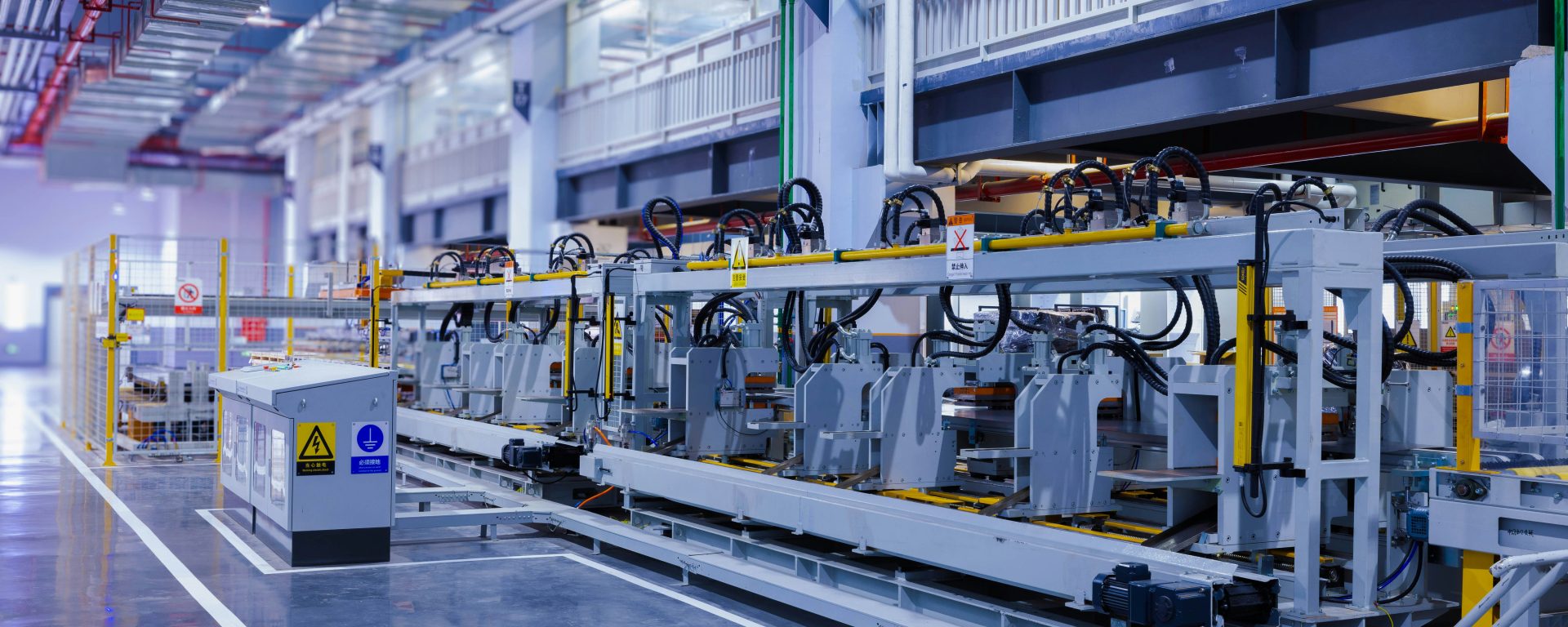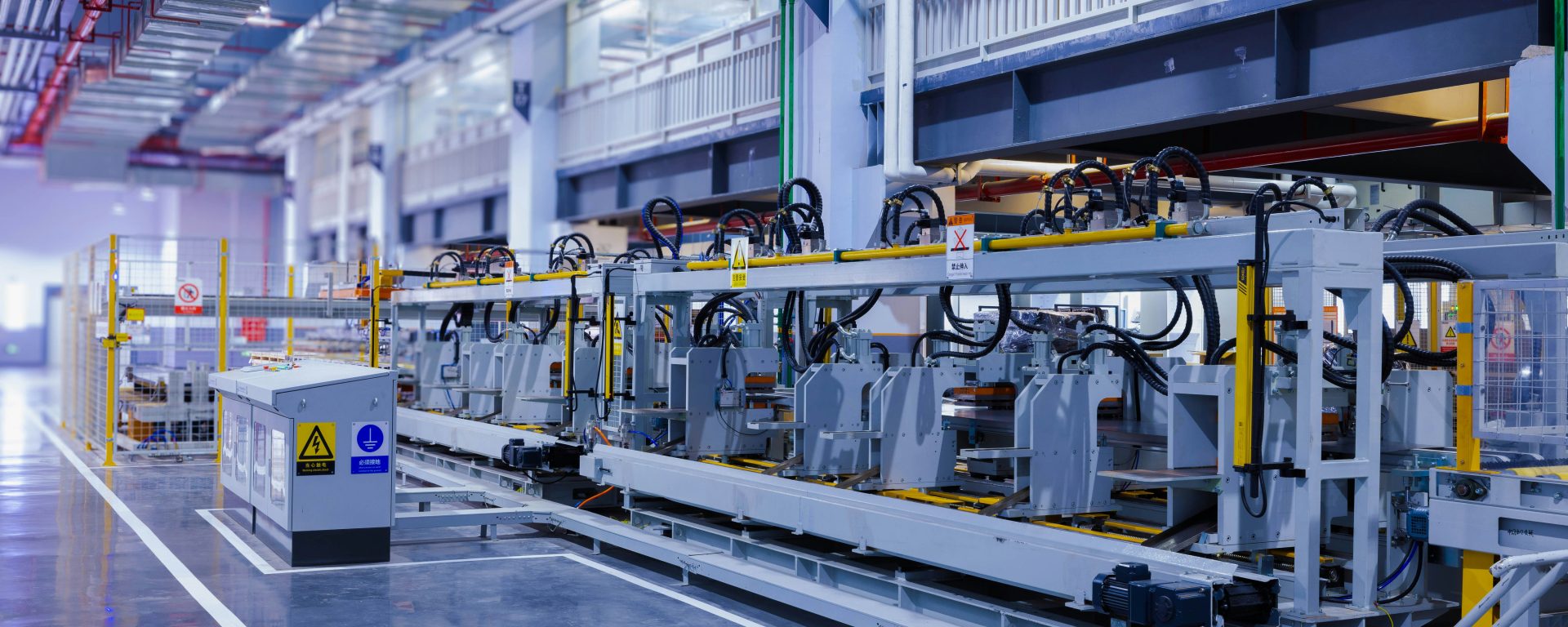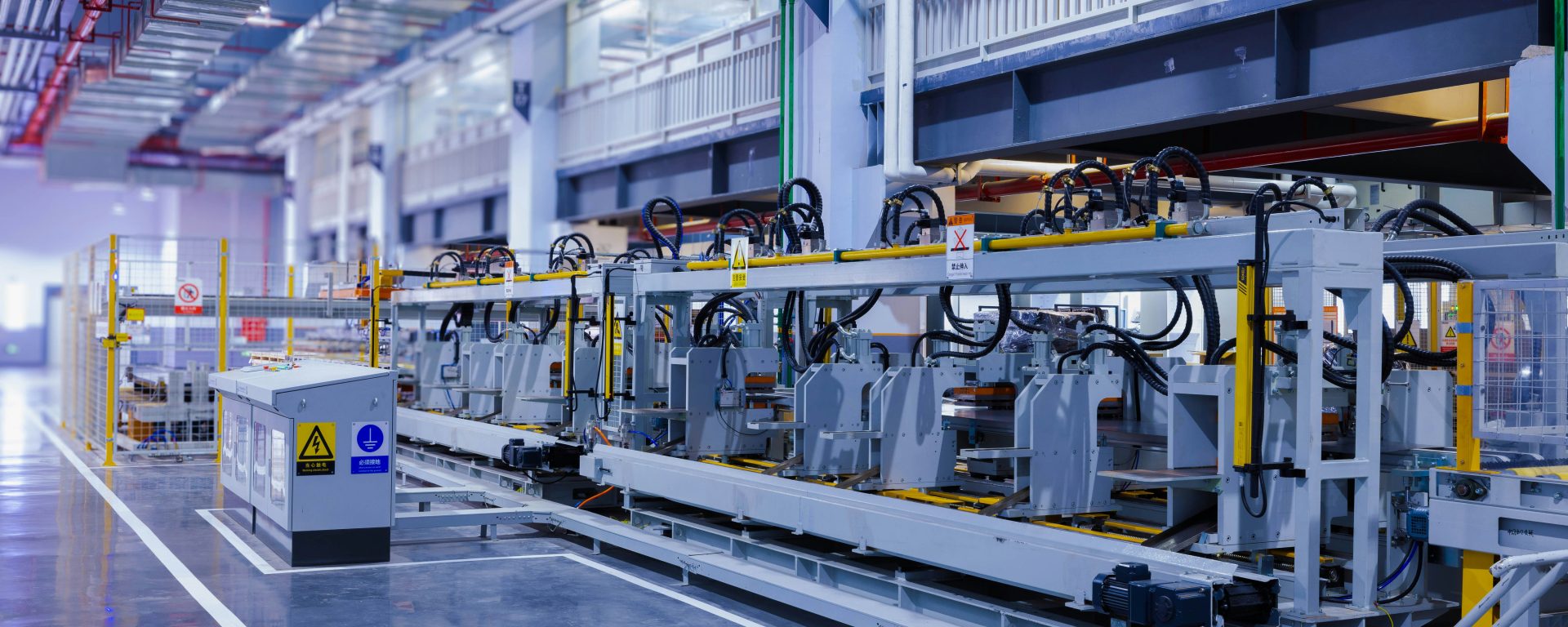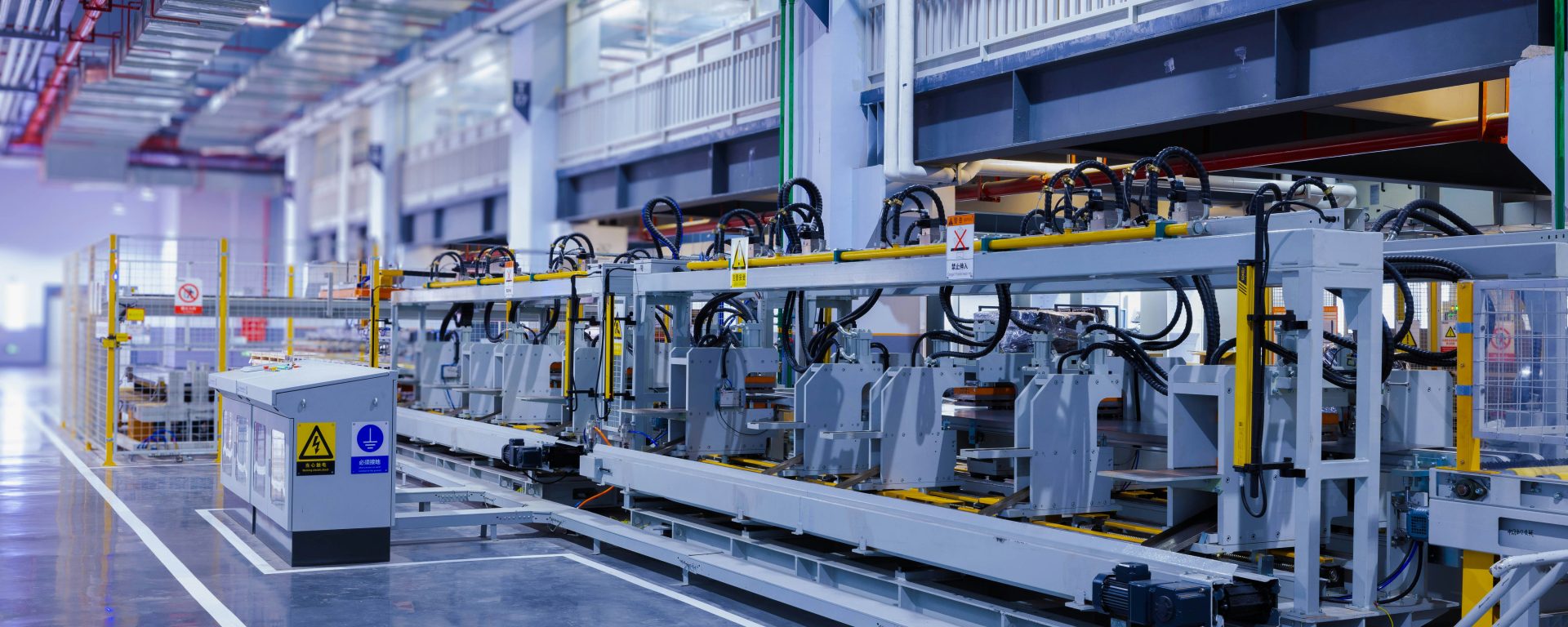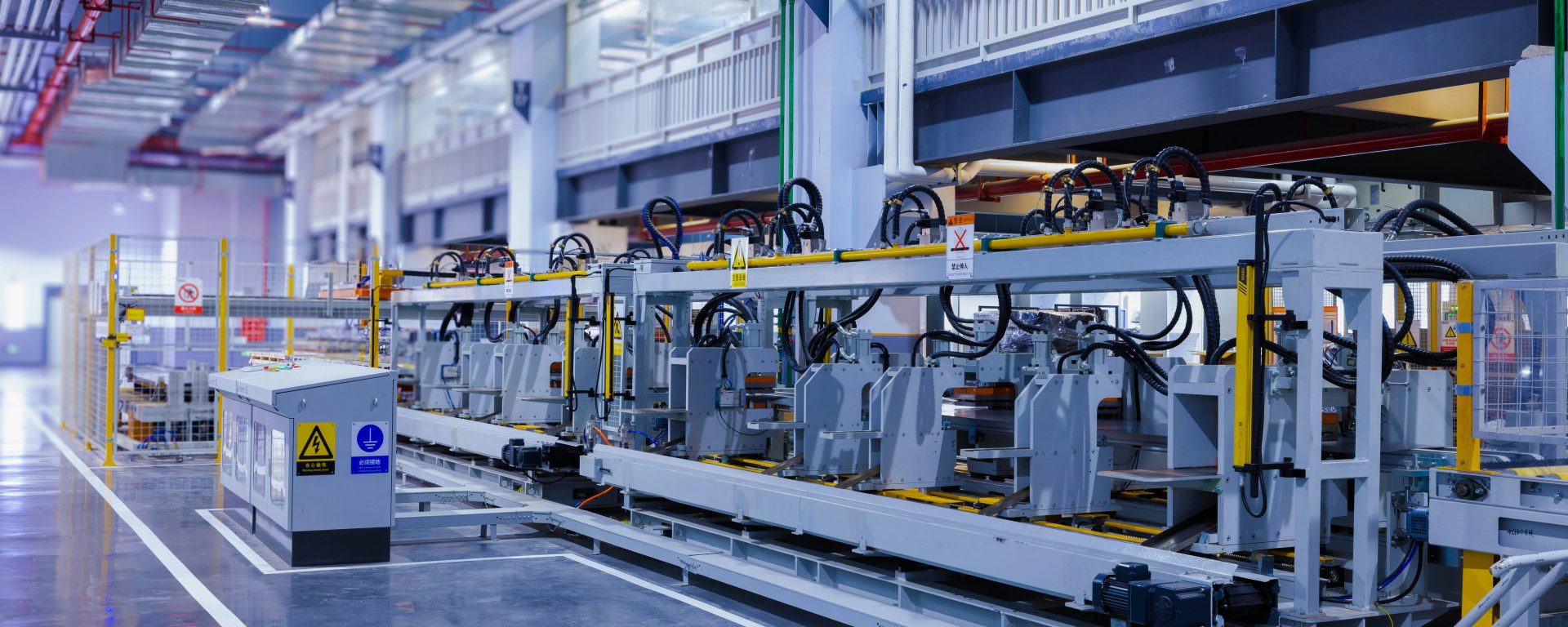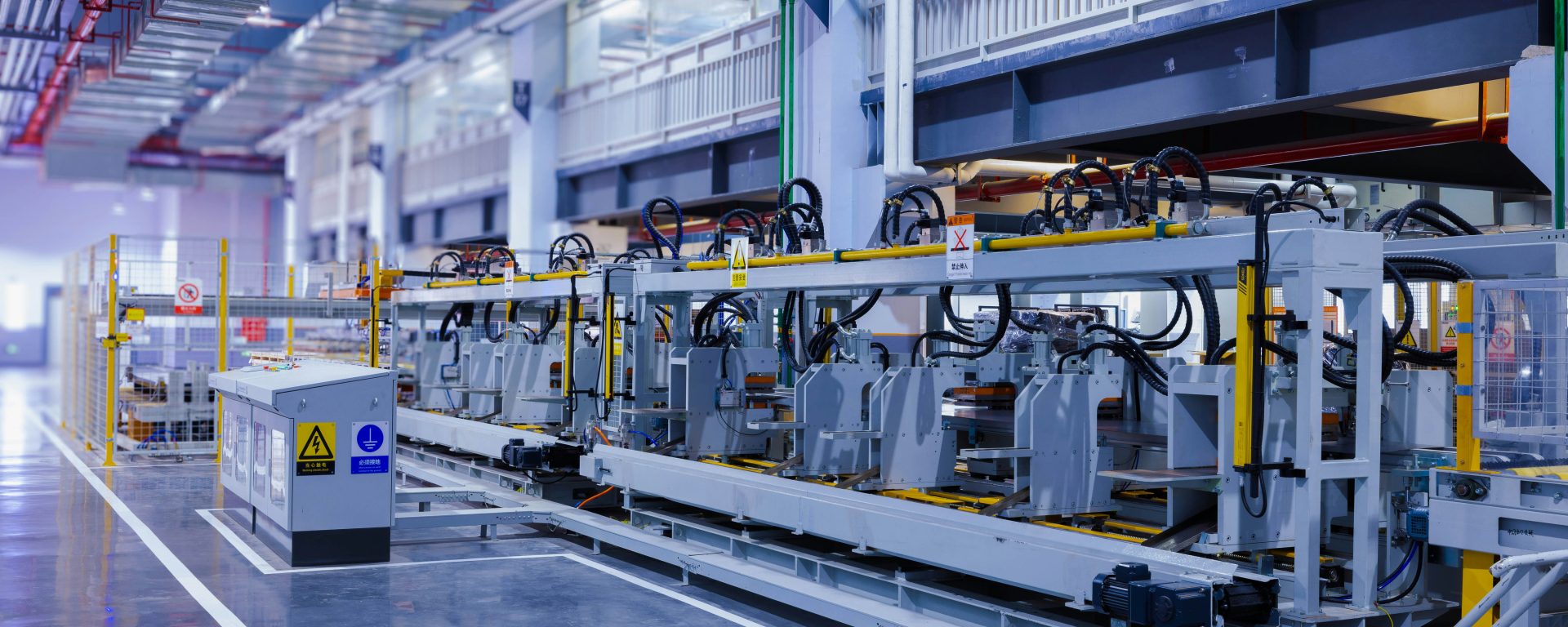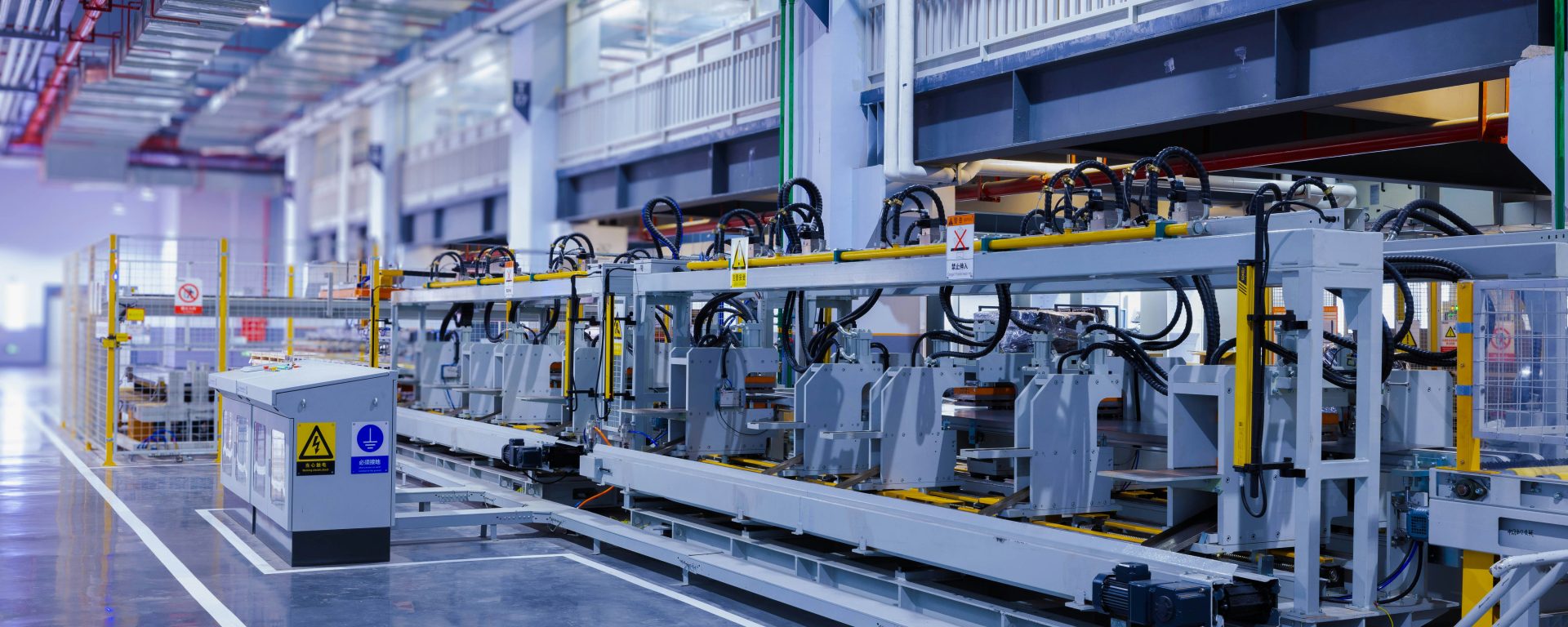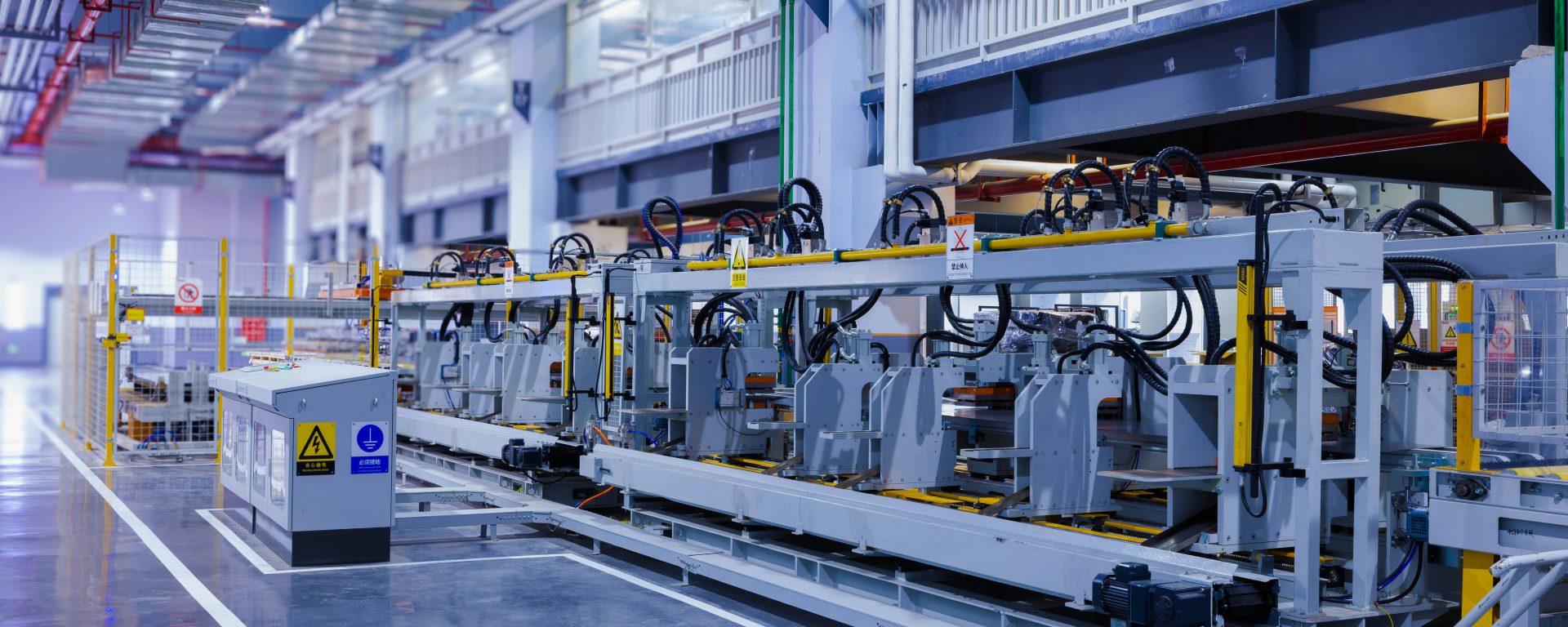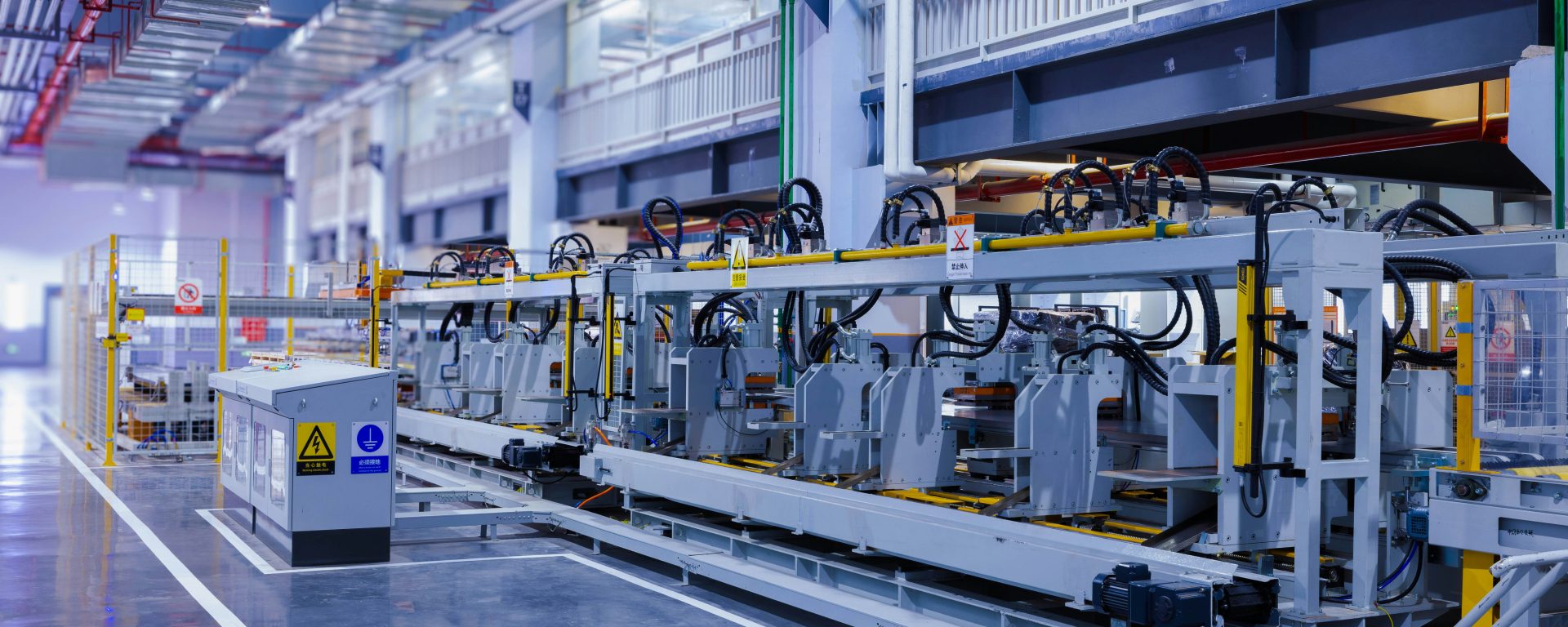Advanced Transport Equipment Factories Manufacturing Insurance: Complete Guide
Manufacturing advanced transport equipment—from electric vehicles and autonomous systems to aerospace components and rail technology—represents one of the most complex and capital-intensive sectors in modern industry. With sophisticated machinery, cutting-edge technology, global supply chains, and stringent regulatory requirements, transport equipment factories face unique risks that demand specialized insurance coverage.
This comprehensive guide explores the essential insurance considerations for advanced transport equipment manufacturers, helping factory owners and risk managers understand the coverage options, regulatory requirements, and best practices for protecting their operations, assets, and future growth.
Understanding the Advanced Transport Equipment Manufacturing Sector
The advanced transport equipment manufacturing sector encompasses a diverse range of operations, including:
- Electric vehicle (EV) and hybrid vehicle component manufacturing
- Autonomous vehicle systems and sensors
- Aerospace and aviation equipment
- Rail and metro system components
- Marine propulsion systems
- Battery technology and energy storage systems
- Advanced materials and composite manufacturing
- Smart mobility and connected vehicle technology
These facilities typically involve high-value machinery, precision engineering, clean room environments, extensive research and development, and complex supply chain dependencies. The sector is characterized by rapid technological advancement, significant capital investment, and evolving regulatory landscapes—all factors that create unique insurance requirements.
Key Risks Facing Advanced Transport Equipment Factories
Property and Equipment Damage
Manufacturing facilities house expensive specialized machinery, robotics, precision tools, and testing equipment worth millions of pounds. Fire, flood, machinery breakdown, or power surges can cause catastrophic damage. Advanced manufacturing equipment often requires lengthy lead times for replacement, potentially extending business interruption periods significantly.
Business Interruption
Production stoppages can be devastating in this sector. Supply chain disruptions, equipment failure, or facility damage can halt operations for weeks or months. With just-in-time manufacturing models and contractual delivery obligations, even brief interruptions can result in substantial financial losses, penalty clauses, and damaged client relationships.
Product Liability
Components manufactured for transport systems carry significant liability exposure. A defective part in a vehicle, aircraft, or rail system could lead to accidents, injuries, or fatalities. Product recalls can cost millions, and liability claims in the transport sector can reach substantial sums, particularly in aerospace and automotive applications.
Cyber Security and Intellectual Property
Advanced transport equipment factories rely heavily on digital systems, including computer-aided design, automated production lines, and connected machinery. Cyber attacks can disrupt production, steal valuable intellectual property, or compromise product integrity. The theft of proprietary technology or trade secrets can undermine competitive advantage and years of research investment.
Supply Chain Vulnerabilities
Modern manufacturing depends on complex global supply chains. Disruptions to critical component suppliers—whether due to natural disasters, political instability, or supplier insolvency—can halt production. Dependencies on specialized materials, rare earth elements, or single-source suppliers create additional exposure.
Environmental and Pollution Liability
Manufacturing processes may involve hazardous materials, chemicals, heavy metals, and waste products. Environmental incidents, spills, or improper disposal can result in cleanup costs, regulatory fines, and third-party claims. Battery manufacturing, in particular, involves materials that require careful handling and disposal.
Employers Liability and Workplace Safety
Factory environments present numerous hazards: heavy machinery, moving parts, chemical exposure, noise, and ergonomic risks. Employee injuries can result in compensation claims, lost productivity, and regulatory investigations. Specialized manufacturing processes may require extensive safety training and protective equipment.
Professional Indemnity
Design and engineering services provided alongside manufacturing create professional liability exposure. Errors in specifications, design flaws, or inadequate testing could lead to claims from clients. Consultancy services, feasibility studies, or technical advice all carry professional indemnity risks.
Essential Insurance Coverage for Transport Equipment Manufacturers
Property Insurance
Comprehensive property insurance should cover buildings, manufacturing equipment, stock, raw materials, work-in-progress, and finished goods. Coverage should be on a reinstatement basis to ensure full replacement value. Consider specialized extensions for:
- Machinery breakdown and electronic equipment
- Clean room contamination
- Prototype and development equipment
- Computer equipment and data
- Tenant's improvements if leasing premises
- Outdoor equipment and storage
Business Interruption Insurance
This critical coverage protects against loss of gross profit following an insured event. Key considerations include:
- Adequate indemnity period (often 24-36 months for complex manufacturing)
- Increased cost of working provisions
- Denial of access coverage
- Suppliers and customers extensions
- Loss of attraction or market share protection
- Contract penalty coverage
Product Liability Insurance
Essential for any manufacturer, product liability insurance protects against claims arising from defective products. For transport equipment, consider:
- High policy limits (often £10 million to £50 million or more)
- Product recall coverage
- Worldwide territorial scope
- Extended discovery periods
- Contractual liability coverage
- Defense costs in addition to policy limits
Public Liability Insurance
Protects against third-party injury or property damage claims. Typical coverage includes visitor injuries, damage to client property during installation or testing, and off-site incidents. Minimum coverage of £5 million is standard, with higher limits often required by contracts.
Employers Liability Insurance
Legally required in the UK with minimum coverage of £5 million. This protects against employee injury or illness claims. Given the hazardous nature of manufacturing environments, comprehensive coverage and robust safety programs are essential.
Professional Indemnity Insurance
Critical if your factory provides design, engineering, or consultancy services alongside manufacturing. Coverage should include:
- Design errors and omissions
- Breach of professional duty
- Negligent advice or specifications
- Intellectual property infringement (unintentional)
- Loss of documents or data
Cyber Insurance
Increasingly essential for modern manufacturers, cyber insurance should cover:
- Business interruption from cyber incidents
- Data breach response and notification costs
- Cyber extortion and ransomware
- System restoration costs
- Third-party liability for data breaches
- Intellectual property theft
- Regulatory fines and penalties
Goods in Transit Insurance
Covers raw materials, components, and finished products during transportation. Consider coverage for international shipments, high-value prototypes, and specialized handling requirements.
Environmental Liability Insurance
Protects against pollution incidents, cleanup costs, and environmental damage claims. Particularly important for facilities handling batteries, chemicals, or hazardous materials.
Directors and Officers Insurance
Protects company directors and officers against personal liability for management decisions, regulatory investigations, and shareholder claims. Increasingly important as regulatory scrutiny intensifies.
Regulatory Compliance and Industry Standards
Advanced transport equipment manufacturers must navigate complex regulatory requirements:
Health and Safety Regulations
Compliance with the Health and Safety at Work Act 1974, COSHH regulations, and industry-specific safety standards is mandatory. Regular risk assessments, safety audits, and employee training are essential. Insurers often require evidence of robust safety management systems.
Environmental Regulations
Environmental permits, waste management licenses, and compliance with Environmental Protection Act requirements are critical. Battery manufacturers face additional regulations regarding hazardous materials handling and disposal.
Quality Standards
ISO 9001 quality management certification is often required by clients. Sector-specific standards like IATF 16949 (automotive), AS9100 (aerospace), or IRIS (rail) may be mandatory for certain contracts. Insurance coverage should align with quality system requirements.
Product Safety and Certification
Products must meet relevant safety standards and certification requirements. CE marking, type approval, and sector-specific certifications are often contractually required and may impact insurance terms.
Data Protection
GDPR compliance is essential for employee data, customer information, and business records. Cyber insurance should complement data protection measures.
Risk Management Best Practices
Preventive Maintenance Programs
Implement comprehensive maintenance schedules for all critical equipment. Predictive maintenance using IoT sensors can identify potential failures before they occur, reducing downtime and insurance claims.
Fire Prevention and Detection
Advanced fire suppression systems, regular inspections, hot work permits, and employee training are essential. Consider specialized systems for areas with flammable materials or electrical equipment.
Supply Chain Resilience
Diversify suppliers, maintain strategic inventory buffers, and develop contingency plans for critical components. Supply chain mapping helps identify vulnerabilities and inform insurance requirements.
Cyber Security Measures
Implement robust cyber security protocols including firewalls, intrusion detection, regular software updates, employee training, and incident response plans. Regular penetration testing and security audits demonstrate due diligence to insurers.
Quality Control Systems
Rigorous quality control processes, testing protocols, and traceability systems reduce product liability exposure. Document all quality procedures and maintain comprehensive records.
Employee Training and Safety Culture
Invest in comprehensive safety training, regular refresher courses, and foster a strong safety culture. Incident reporting systems and near-miss analysis help prevent future accidents.
Business Continuity Planning
Develop and regularly test business continuity plans covering various scenarios: fire, flood, cyber attack, supply chain disruption, and key person loss. Alternative production arrangements and data backup strategies are essential.
Factors Affecting Insurance Costs
Several factors influence insurance premiums for advanced transport equipment factories:
- Factory Size and Value: Larger facilities with higher asset values typically face higher premiums
- Manufacturing Processes: Complexity, hazardous materials, and specialized equipment affect risk profiles
- Claims History: Previous claims significantly impact future premiums
- Location: Flood risk, crime rates, and proximity to emergency services influence costs
- Security Measures: Robust security systems, access controls, and surveillance can reduce premiums
- Fire Protection: Sprinkler systems, fire detection, and fire-resistant construction lower costs
- Quality Certifications: ISO certifications and industry accreditations demonstrate risk management
- Employee Safety Record: Low accident rates and strong safety programs reduce employers liability costs
- Product Type: Safety-critical components for aerospace or automotive applications carry higher liability risks
- Export Markets: International sales, particularly to litigious jurisdictions, increase product liability exposure
- Deductibles: Higher excess levels reduce premiums but increase out-of-pocket costs for claims
Choosing the Right Insurance Provider
Selecting an appropriate insurance provider is crucial for advanced transport equipment manufacturers:
Specialist Knowledge
Choose insurers or brokers with specific experience in manufacturing and transport equipment sectors. They understand unique risks and can structure appropriate coverage.
Financial Strength
Verify the insurer's financial stability through ratings agencies. High-value claims require financially robust insurers capable of meeting obligations.
Claims Handling Reputation
Research the insurer's claims handling reputation. Fast, fair claims settlement is critical when production is interrupted.
Risk Management Support
Quality insurers provide risk management resources, loss prevention advice, and safety consultations. These services add value beyond basic coverage.
Policy Flexibility
Ensure policies can adapt as your business grows, product lines expand, or manufacturing processes evolve. Flexible coverage terms accommodate business development.
Global Capability
If operating internationally or exporting globally, ensure your insurer can provide worldwide coverage and local claims handling.
The Claims Process
Understanding the claims process helps ensure smooth resolution when incidents occur:
Immediate Notification
Notify your insurer immediately when an incident occurs. Most policies require prompt notification, and delays can jeopardize coverage.
Documentation
Thoroughly document the incident with photographs, witness statements, incident reports, and financial records. Comprehensive documentation supports faster claims settlement.
Loss Mitigation
Take reasonable steps to minimize losses and prevent further damage. Insurers expect policyholders to act prudently following incidents.
Claims Assessment
Insurers will appoint loss adjusters to assess claims. Cooperate fully, provide requested information promptly, and maintain detailed records of all interactions.
Business Continuity
Implement business continuity plans to maintain operations where possible. Document increased costs of working for business interruption claims.
Settlement
Review settlement offers carefully. Ensure all losses are captured, including consequential losses covered by your policy. Don't hesitate to negotiate if the settlement seems inadequate.
Regular Policy Reviews and Updates
Insurance needs evolve as your business grows and changes. Regular policy reviews ensure continued adequate protection:
Annual Reviews
Conduct comprehensive annual reviews with your broker or insurer. Assess changes in asset values, revenue, employee numbers, product lines, and risk exposures. Update coverage limits accordingly.
Major Business Changes
Notify insurers immediately of significant changes including facility expansions, new manufacturing processes, acquisitions, new product launches, or entry into new markets. These changes may require policy adjustments.
Asset Valuation Updates
Regularly update asset valuations to reflect current replacement costs. Underinsurance can result in proportionate claim settlements, leaving you significantly out of pocket.
Technology Upgrades
New machinery, automation systems, or digital technologies may require coverage adjustments. Ensure new equipment is properly declared and valued.
Market Conditions
Insurance market conditions fluctuate. Periodic market reviews may identify opportunities for improved coverage or competitive pricing.
Emerging Risks in Advanced Transport Manufacturing
The transport equipment manufacturing sector faces evolving risks that require proactive insurance planning:
Autonomous Vehicle Technology
Manufacturing components for autonomous vehicles creates new liability questions. Who is responsible when autonomous systems fail? Ensure your product liability coverage addresses emerging autonomous technology risks.
Battery Technology Risks
Electric vehicle battery manufacturing involves fire risks, thermal runaway incidents, and specialized storage requirements. Ensure your property and product liability coverage adequately addresses battery-specific risks.
Supply Chain Disruption
Global supply chain vulnerabilities have been highlighted by recent events. Consider contingent business interruption coverage for critical supplier dependencies.
Cyber-Physical Attacks
Connected manufacturing systems create vulnerabilities to cyber-physical attacks that could cause physical damage or product contamination. Ensure cyber coverage extends to physical damage resulting from cyber incidents.
Climate Change Impacts
Increasing frequency of extreme weather events affects both direct property risks and supply chain vulnerabilities. Review flood, storm, and business interruption coverage in light of changing climate patterns.
Regulatory Changes
Evolving environmental regulations, safety standards, and product certification requirements create compliance risks. Ensure coverage addresses regulatory investigation costs and potential fines where insurable.
Intellectual Property Theft
Advanced manufacturing involves valuable intellectual property. Consider specialized coverage for IP theft, trade secret misappropriation, and competitive advantage loss.
Real-World Scenarios
Scenario 1: Major Equipment Failure
A specialized robotic welding system critical to electric vehicle component production suffered catastrophic failure due to a power surge. The equipment required a six-month lead time for replacement parts from overseas. Comprehensive machinery breakdown and business interruption insurance covered the £2.3 million equipment replacement cost and £4.7 million in lost profits during the extended downtime. Increased cost of working provisions enabled the manufacturer to outsource some production, minimizing customer impact.
Scenario 2: Product Recall
A battery management system component was found to have a design flaw affecting 50,000 vehicles. The manufacturer faced a full product recall costing £18 million, plus £7 million in liability claims from vehicle manufacturers for production delays. Product liability insurance with recall coverage protected the business from bankruptcy, covering both recall costs and third-party claims. The incident highlighted the importance of adequate policy limits and recall coverage.
Scenario 3: Cyber Attack
Ransomware encrypted production control systems, halting manufacturing for three weeks. The attack also compromised customer data and proprietary designs. Cyber insurance covered £850,000 in system restoration costs, £2.1 million in business interruption losses, £400,000 in data breach notification and credit monitoring costs, and £150,000 in cyber extortion response. The comprehensive cyber policy prevented a devastating financial impact.
Scenario 4: Supply Chain Disruption
A sole-source supplier of specialized aerospace-grade materials suffered a factory fire, disrupting supply for eight months. The manufacturer's contingent business interruption coverage activated, covering £3.2 million in lost profits while alternative suppliers were qualified and brought online. Without this coverage extension, the business would have faced severe financial distress.
Strategies for Managing Insurance Costs
While comprehensive coverage is essential, several strategies can help manage insurance costs effectively:
Risk Improvement Initiatives
Invest in risk reduction measures that demonstrate commitment to loss prevention. Upgraded fire suppression, enhanced security, improved safety training, and preventive maintenance programs can reduce premiums substantially over time.
Deductible Optimization
Consider higher deductibles for risks you can afford to retain. This reduces premiums while maintaining protection against catastrophic losses. Analyze your claims history to determine appropriate retention levels.
Policy Bundling
Consolidating multiple coverages with a single insurer or through a combined policy often yields premium discounts and simplified administration.
Claims Management
Proactive claims management and loss control reduce future premiums. A clean claims history is one of the most effective ways to control insurance costs.
Industry Associations
Some industry associations offer group insurance schemes with preferential rates. Explore whether trade associations in the transport equipment or manufacturing sectors provide insurance benefits.
Long-Term Relationships
Building long-term relationships with insurers can yield loyalty discounts and more favorable terms. Frequent insurer switching may save money short-term but can cost more over time.
Regular Market Testing
While maintaining relationships is valuable, periodic market testing ensures competitive pricing. Work with your broker to test the market every few years without necessarily switching insurers.
Working with Insurance Brokers
Specialist insurance brokers add significant value for complex manufacturing operations:
Market Access
Brokers access multiple insurers and can negotiate competitive terms. They understand which insurers specialize in transport equipment manufacturing and can structure optimal coverage.
Technical Expertise
Experienced brokers understand manufacturing risks and can identify coverage gaps. They translate complex operations into insurance terms that secure appropriate protection.
Claims Advocacy
Brokers advocate on your behalf during claims, helping navigate the process and negotiate fair settlements. Their expertise proves invaluable when disputes arise.
Risk Management Services
Many brokers provide risk management consulting, loss control advice, and industry benchmarking. These services help improve operations while reducing insurance costs.
Ongoing Support
Quality brokers provide year-round support, not just at renewal. They monitor your changing needs and proactively recommend coverage adjustments.
Future Outlook for Manufacturing Insurance
The insurance landscape for advanced transport equipment manufacturing continues to evolve:
Parametric Insurance
Emerging parametric insurance products trigger automatic payments based on predefined parameters rather than traditional loss adjustment. This could accelerate claims settlement for business interruption scenarios.
IoT and Telematics
Connected sensors and real-time monitoring enable predictive risk management and usage-based insurance pricing. Manufacturers demonstrating superior risk management through data may access preferential rates.
Climate Risk Modeling
Advanced climate modeling is improving flood and weather risk assessment, potentially affecting property insurance pricing and availability in vulnerable locations.
Cyber Risk Evolution
As cyber threats evolve, cyber insurance coverage and pricing will continue to adapt. Expect increasing emphasis on cyber hygiene requirements and security standards as conditions for coverage.
Sustainability Requirements
Environmental, social, and governance (ESG) factors are increasingly influencing insurance underwriting. Manufacturers demonstrating strong sustainability practices may access preferential terms.
Conclusion
Advanced transport equipment manufacturing represents a dynamic, high-value sector with complex and evolving insurance needs. From protecting multi-million-pound facilities and sophisticated equipment to managing product liability exposure and cyber risks, comprehensive insurance coverage is fundamental to business sustainability.
The key to effective insurance protection lies in understanding your specific risk profile, working with specialist insurers and brokers who understand the sector, maintaining robust risk management practices, and regularly reviewing coverage to ensure it evolves with your business.
While insurance represents a significant operational cost, it provides essential protection against catastrophic losses that could otherwise threaten business survival. The scenarios outlined in this guide demonstrate how comprehensive coverage protects not just assets, but business continuity, reputation, and long-term viability.
As the transport equipment sector continues to innovate—with electric vehicles, autonomous systems, advanced materials, and connected technologies—insurance solutions must adapt accordingly. Proactive engagement with insurers, investment in risk management, and comprehensive coverage planning position manufacturers to navigate both current risks and emerging challenges successfully.
For advanced transport equipment manufacturers, insurance is not merely a regulatory requirement or contractual obligation—it is a strategic business tool that enables innovation, supports growth, and provides the financial security necessary to compete in a demanding global marketplace.
Get Expert Advice
At Insure24, we specialize in providing comprehensive insurance solutions for advanced manufacturing operations, including transport equipment factories. Our team understands the unique challenges facing this sector and can structure tailored coverage that protects your business, assets, and future growth.
Whether you're establishing a new facility, expanding operations, or reviewing existing coverage, our experts can help you navigate the complex insurance landscape and secure optimal protection at competitive rates.
Contact us today at 0330 127 2333 or visit www.insure24.co.uk to discuss your manufacturing insurance needs with a specialist advisor.


 0330 127 2333
0330 127 2333

